
Elephant ear plants, also known as Alocasia, are captivating botanical specimens that boast large leaves and stunning colors. To master the art of growing these plants, it is essential to understand their optimal growing conditions, select the perfect variety, and provide proper care and maintenance.
With the right knowledge and techniques, you can cultivate lush and thriving elephant ear plants in your garden or indoor space.
Selecting the Perfect Elephant Ear Variety
When it comes to selecting the ideal elephant ear variety, there are numerous stunning options to choose from. Each variety brings its own unique beauty and flair to your garden or indoor space.
By carefully considering your preferences and growing conditions, you can find the perfect elephant ear cultivar to enhance your green oasis.
Alocasia calidora is a popular choice among elephant ear enthusiasts. Its broad, green leaves with velvety sheens create a tropical ambiance and make a bold statement in any setting.
If you’re looking to add drama with deep, rich colors, consider Colocasia esculenta ‘Black Magic’. This variety offers foliage in striking shades of purple-black, adding a touch of mystique to your garden.
If you prefer a more vibrant and eye-catching variety, Xanthosoma robustum is an excellent option. Its leaves showcase stunning shades of chartreuse, infusing your space with a pop of color.
Whichever variety you choose, each elephant ear plant is sure to make a statement and become a centerpiece of your botanical collection.
| Variety | Description |
|---|---|
| Alocasia calidora | Large leaves with velvety sheens |
| Colocasia esculenta ‘Black Magic’ | Deep purple-black foliage |
| Xanthosoma robustum | Stunning shades of chartreuse |
Cultivating Giant Elephant Ear Plants
To successfully cultivate giant elephant ear plants, it is essential to provide them with optimal growing conditions. These magnificent plants thrive in partial shade, requiring protection from direct sunlight.
They also prefer warm temperatures, ideally between 70-85°F (21-29°C), and high humidity levels to mimic their natural tropical habitats. It is important to keep the soil consistently moist but not waterlogged to prevent root rot.
Housing your elephant ear plants can be done in garden beds or pots, depending on your preference and available space. When planting in garden beds, make sure to provide enough space for the plants to spread out as they grow.
In pots, choose a container that is wide and deep enough to accommodate the plant’s size. Ensure that the pot has drainage holes at the bottom to prevent water accumulation.
Propagation of elephant ear plants can be done through various methods such as division, stem cuttings, or seeds. Division is the most common and effective method, especially for established plants.
Carefully separate the offshoots from the parent plant, making sure each division has its own roots. Stem cuttings can also be taken from healthy plants and rooted in a suitable growing medium. Seeds are less commonly used for propagation but can be sown in a well-prepared seed-starting mix.
In terms of care and maintenance, regular fertilization is crucial to ensure optimal growth. Use a balanced, slow-release fertilizer or a liquid fertilizer diluted to half strength during the growing season.
Regularly inspect your plants for any signs of pests or diseases, such as aphids or fungal infections. Promptly address any issues to prevent them from spreading and harming your elephant ear plants.
| Optimal Growing Conditions for Elephant Ear Plants | |
|---|---|
| Light | Partial shade to protect from direct sunlight |
| Temperature | 70-85°F (21-29°C) |
| Humidity | High humidity levels |
| Soil | Well-draining soil enriched with organic matter |
| Watering | Consistently moist soil, avoiding waterlogging |
| Housing | Garden beds or pots with proper drainage |
| Propagation | Division, stem cuttings, or seeds |
| Care and Maintenance | Regular fertilization, pest and disease prevention |
Tips for Maintaining Giant Elephant Ear Plants
Maintenance of elephant ear plants is crucial for their long-term health and vitality. As an avid gardener and elephant ear enthusiast, I have discovered some valuable tips to help you overcome challenges and keep your plants thriving.
Firstly, regularly removing dead or damaged leaves is essential. These leaves not only detract from the overall appearance of your plants but can also harbor pests and diseases. By promptly removing them, you can maintain the plant’s health and prevent further damage.
Another challenge in growing elephant ear plants is protecting them from extreme temperatures. These plants thrive in warm conditions but can suffer when exposed to intense heat or cold. It is important to provide adequate shade and insulation during temperature fluctuations to prevent stress or damage to the foliage.
In addition to leaf maintenance and temperature control, proper water drainage is crucial for the health of your elephant ear plants. These plants prefer moist but well-drained soil. Avoid overwatering, as it can lead to root rot and other fungal diseases.
Ensuring proper drainage in your planting area or using well-draining pots can help prevent waterlogged soil and promote healthy growth.
Lastly, propagating elephant ear plants can be a rewarding experience and a way to expand your collection. Stem cuttings and division are popular methods for propagation.
When propagating, ensure you use clean tools and provide the new plants with suitable growing conditions. This will increase their chances of successful establishment and growth.
By following these tips for maintaining your giant elephant ear plants, you can overcome challenges, promote their health and beauty, and enjoy these magnificent specimens in your garden or indoor space all year round.
FAQ
What are some popular varieties of elephant ear plants?
Some popular varieties include Alocasia calidora, Colocasia esculenta ‘Black Magic,’ and Xanthosoma robustum.
What are the optimal growing conditions for elephant ear plants?
Elephant ear plants require partial shade, warm temperatures, high humidity, and well-draining soil enriched with organic matter.
How can I propagate elephant ear plants?
Elephant ear plants can be propagated through division, stem cuttings, or seeds.
How should I take care of giant elephant ear plants?
Regularly remove dead or damaged leaves, protect the plants from extreme temperatures, and ensure proper water drainage for their overall health.
What are some challenges in growing elephant ear plants?
Challenges can include pests and overcrowding.

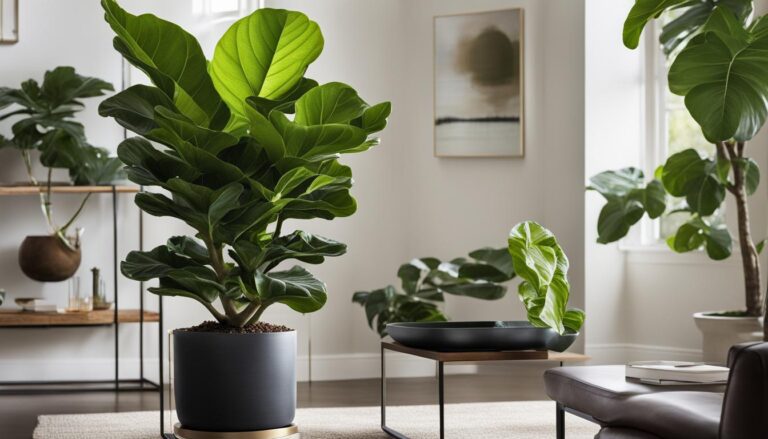
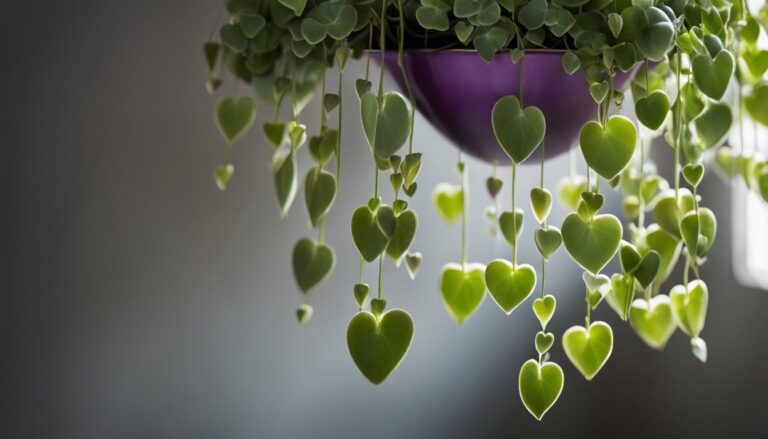
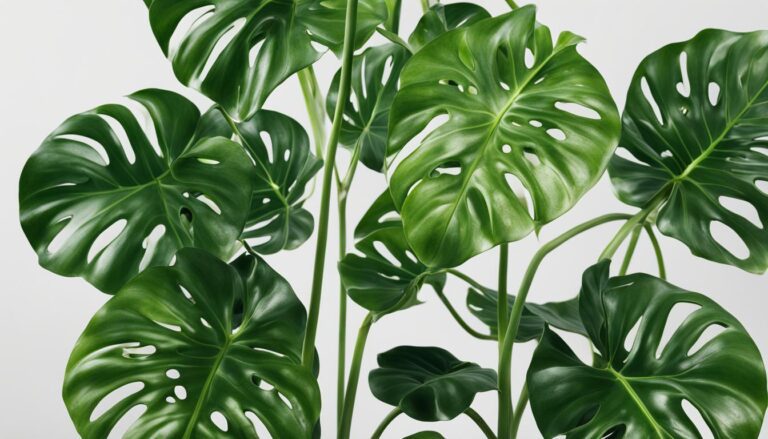
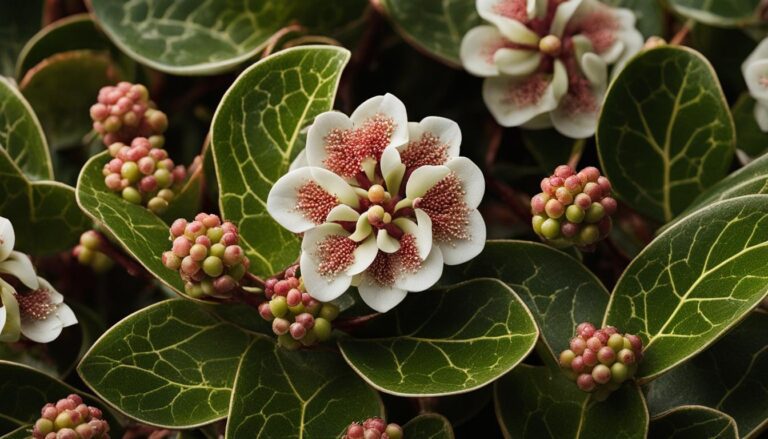

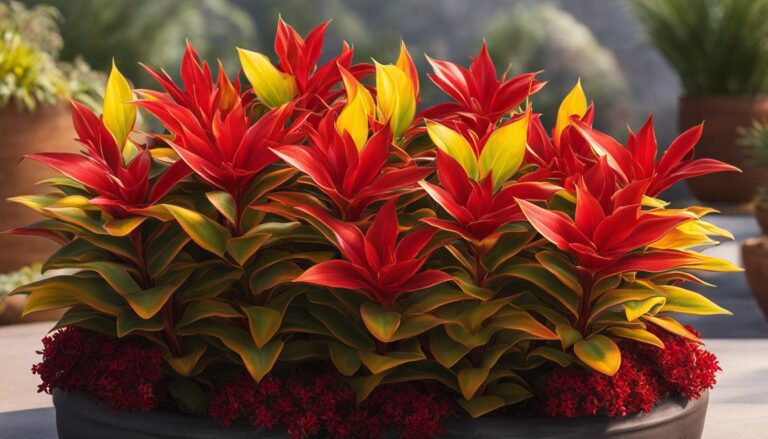
One Comment
Comments are closed.